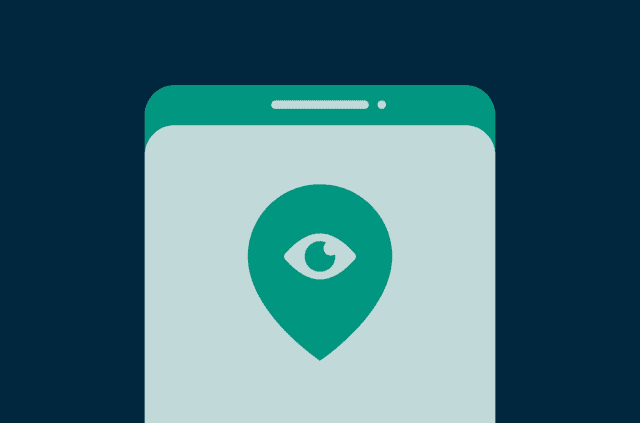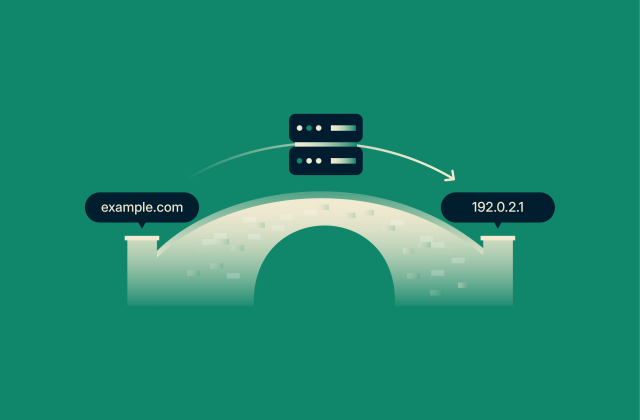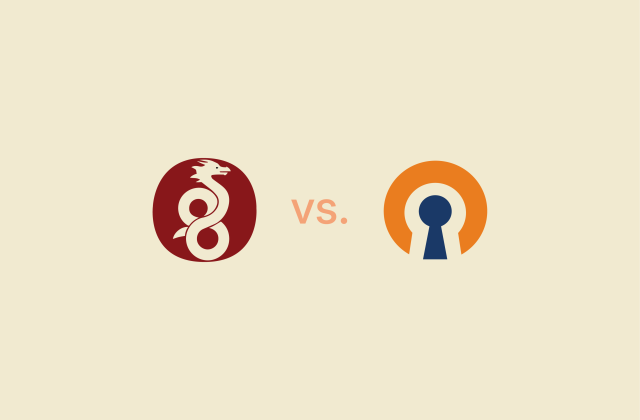AirTag stalking explained: Signs, cases, and how to protect yourself

AirTags and similar alternatives (such as the Samsung SmartTag and Tile tracker) were designed to help users find misplaced items, such as their keys and smaller valuables.
However, bad actors quickly started using them as a form of stalkerware. For example, they make it easy for thieves to track cars they’d like to steal and for abusive partners to keep track of their victims.
In this guide, we’ll cover how AirTags can be used to follow you around, how accurate they can be at location tracking, and what you can do to stay safe against such digital stalking.
What is AirTag stalking, and how do AirTags enable it?
AirTag stalking happens when someone places an AirTag on you or your belongings so they can discreetly follow you around, often without your knowledge. This kind of location-based harassment is common among groups such as thieves, domestic abusers, ex-partners, and other kinds of stalkers.
Apple AirTags make stalking easy due to their unique combination of long-lasting battery life, lightweight build for inconspicuousness, and advanced communication technology that allows for accurate tracking.
What is an AirTag?
Launched by Apple in 2021, AirTags were designed to be the solution to losing your keys, keycards, luggage, pets, bicycles, and other valuables. You can even place them on your car when you’re in crowded spaces, helping you to remember your parking spot faster.
How does an AirTag communicate location?
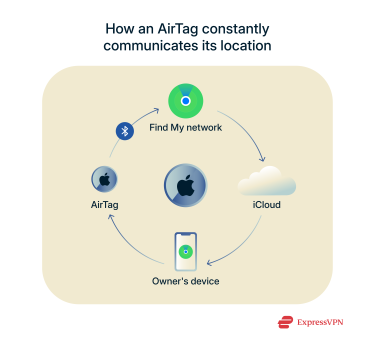 AirTags don’t use GPS to track location but instead harness a combination of technologies, including:
AirTags don’t use GPS to track location but instead harness a combination of technologies, including:
- Bluetooth: An AirTag relies on Bluetooth technology, rather than a direct internet connection, to remain found by its parent device or other nearby devices in the Apple Find My Network.
- Apple Find My network: AirTags have a unique ability to leverage other people’s Find My network to anonymously update their location on Apple’s iCloud servers. So, when any Find My user moves into the AirTag’s range, the AirTag’s location is anonymously updated onto iCloud for its owner to track.
- Ultra Wideband technology: Apple’s Precision Finding tech leverages a host of other internal iOS technologies to lead you to the AirTag’s exact location.
Can stalkers use AirTags?
Yes, stalkers can use AirTags due to the advanced tracking and information-sharing framework on this piece of technology.
An AirTag typically has a tracking range of 30 meters (just under 100 feet) from its owner’s device. But if it gets out of its owner’s range, it keeps emitting a Bluetooth signal while searching for other devices on the Apple Find My network. Once the AirTag finds any such device that’s connected to the internet, it uses that internet connection to update iCloud with its location.
This is done anonymously and automatically, allowing the AirTag’s owner to find its latest updated location. In short, the only limitation on how far Apple AirTags can track is the lack of an Apple-designed device with Find My enabled in proximity to the tracker.
With nearly 60% of phones in the U.S. being iPhones, perpetual tracking is almost guaranteed.
What is the stalking mode on AirTag?
There’s no stalking mode on an AirTag. However, there’s the Lost Mode that may allow a stalker to constantly get updated on an AirTag’s location, even when they’re outside of its range.
As explained above, there only needs to be another Apple device with Find My enabled and an internet connection in the range of the AirTag. With that, it can continually update its owner with its current location.
How to tell if an AirTag is tracking you
Apple has introduced several safeguards to help you find out if you’re being tracked by an AirTag.![]()
Receive alerts on your smartphone
You can set up your phone to receive automatic notifications if an AirTag that’s not yours is detected near you for an extended period of time (usually from about 30 minutes to a few hours). Here’s how to enable tracker detection features:
On your iOS device
-
- Go to Settings and tap Privacy & Security.
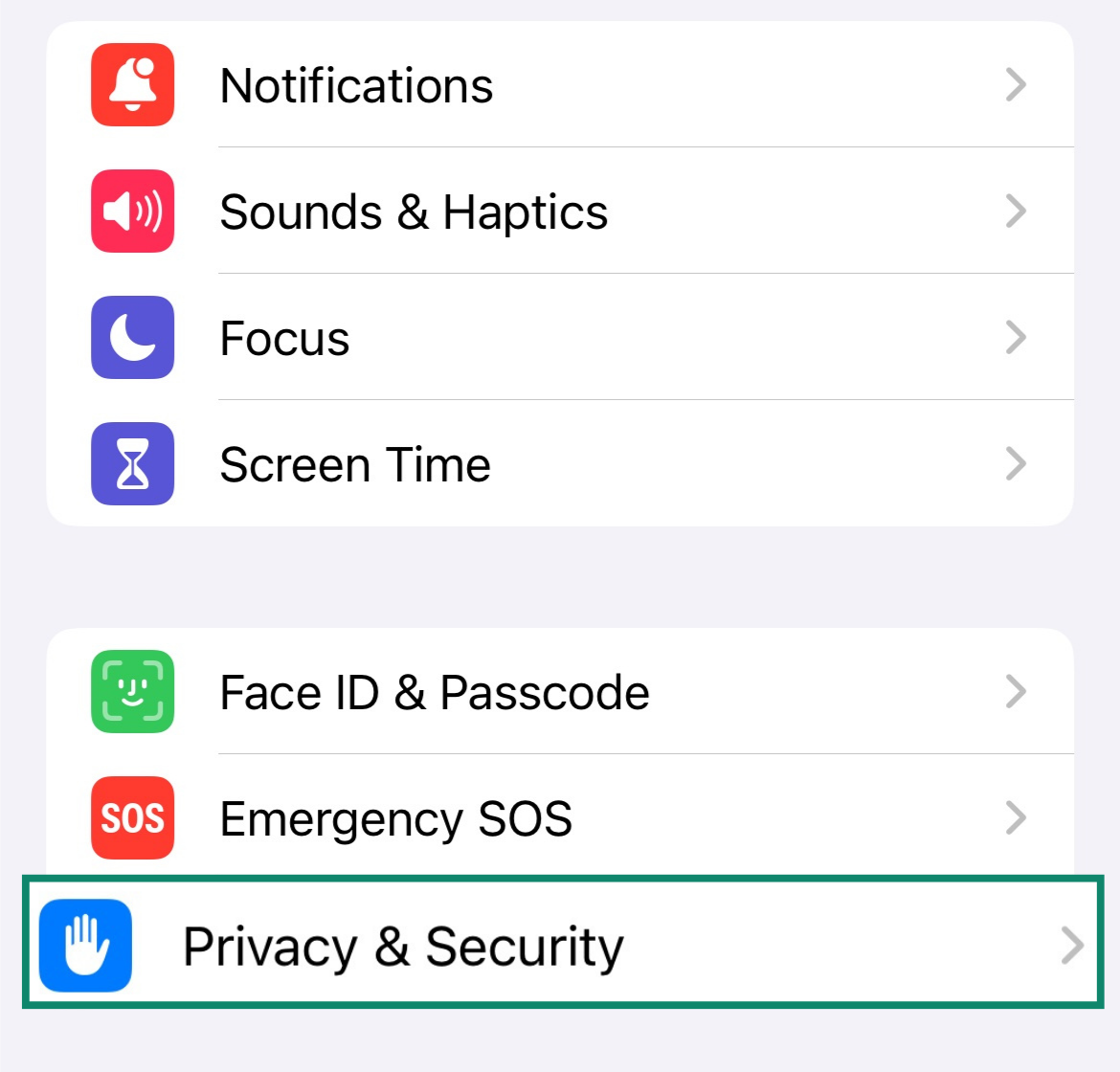
- Tap Location Services.

- Turn it on.
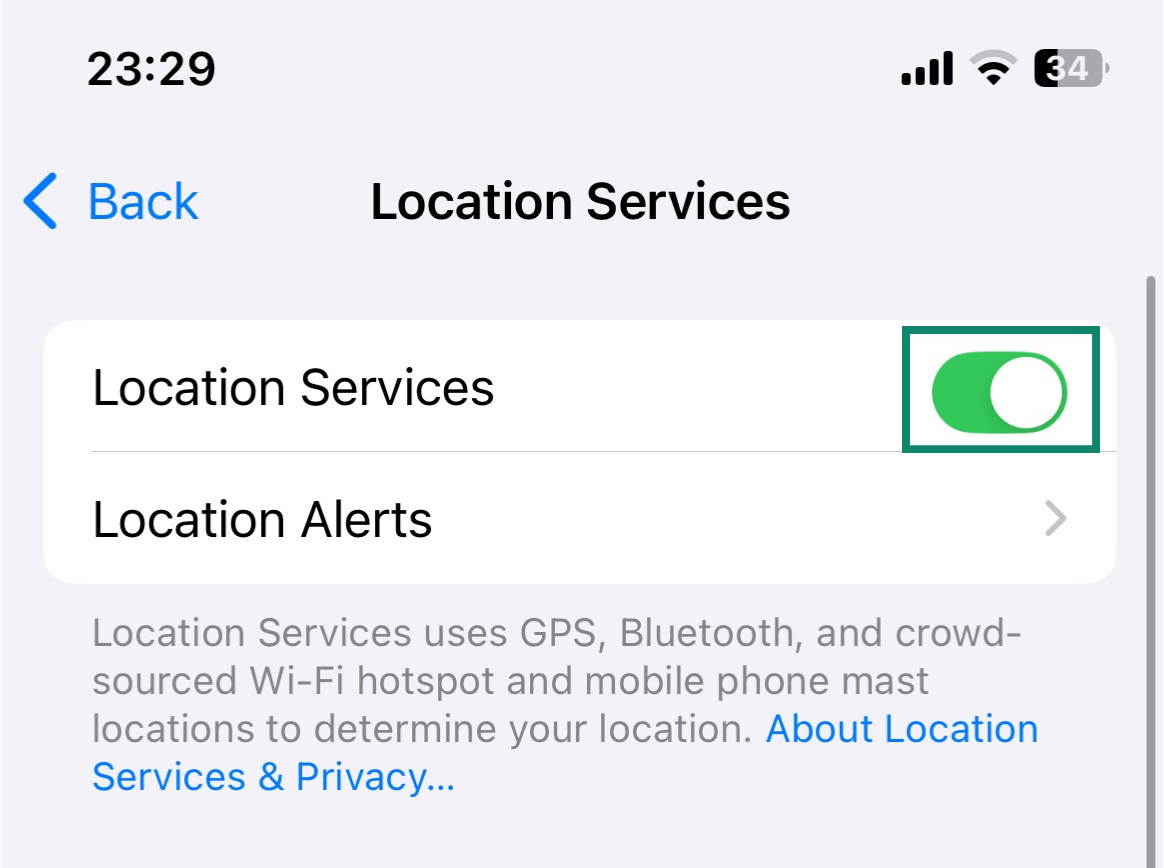
- Tap System Services under Location Services.
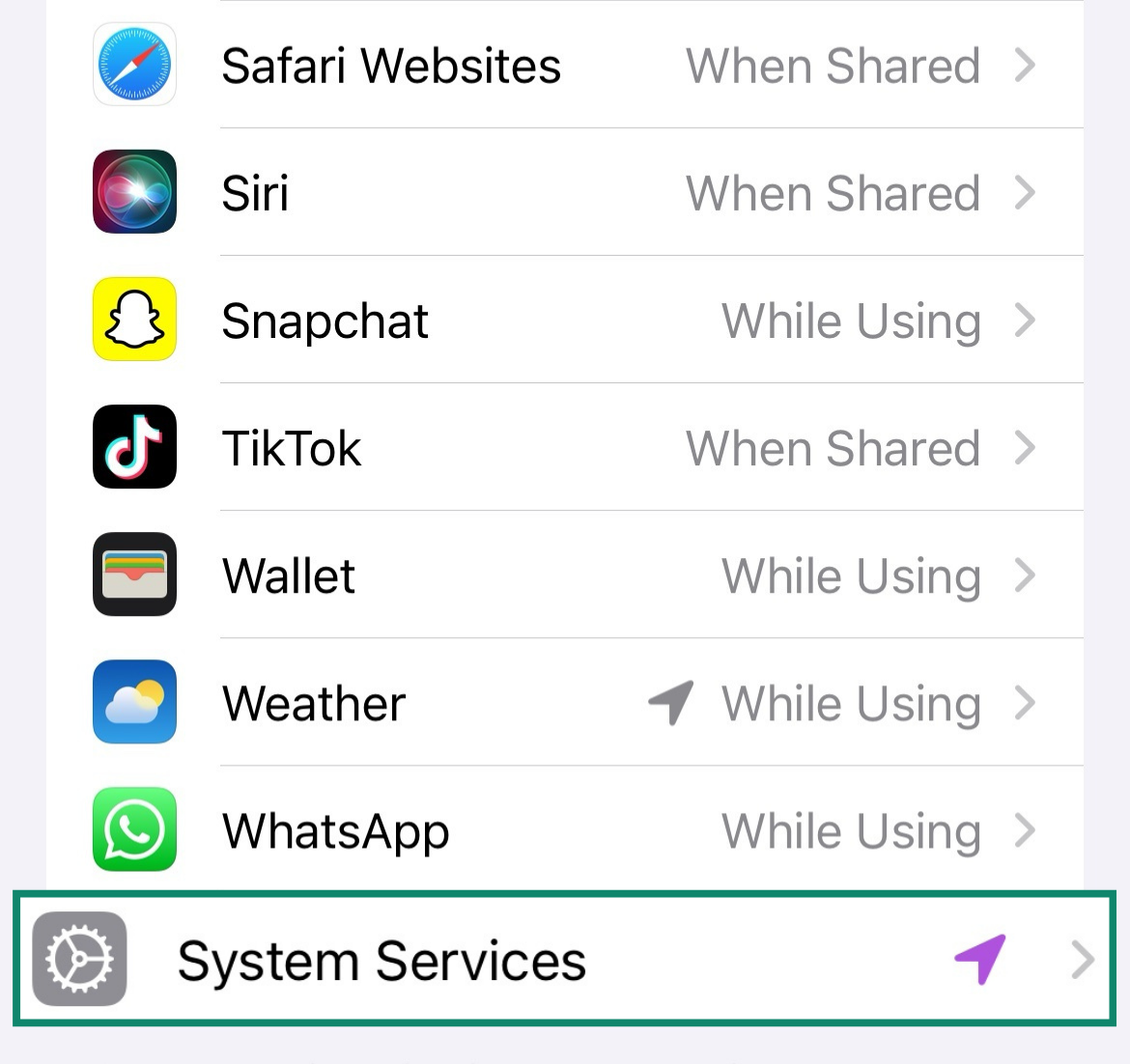
- Enable Find My iPhone.

- Return to the main Settings screen, then tap Bluetooth.

- Enable it, then return to the main Settings screen and tap Notifications.
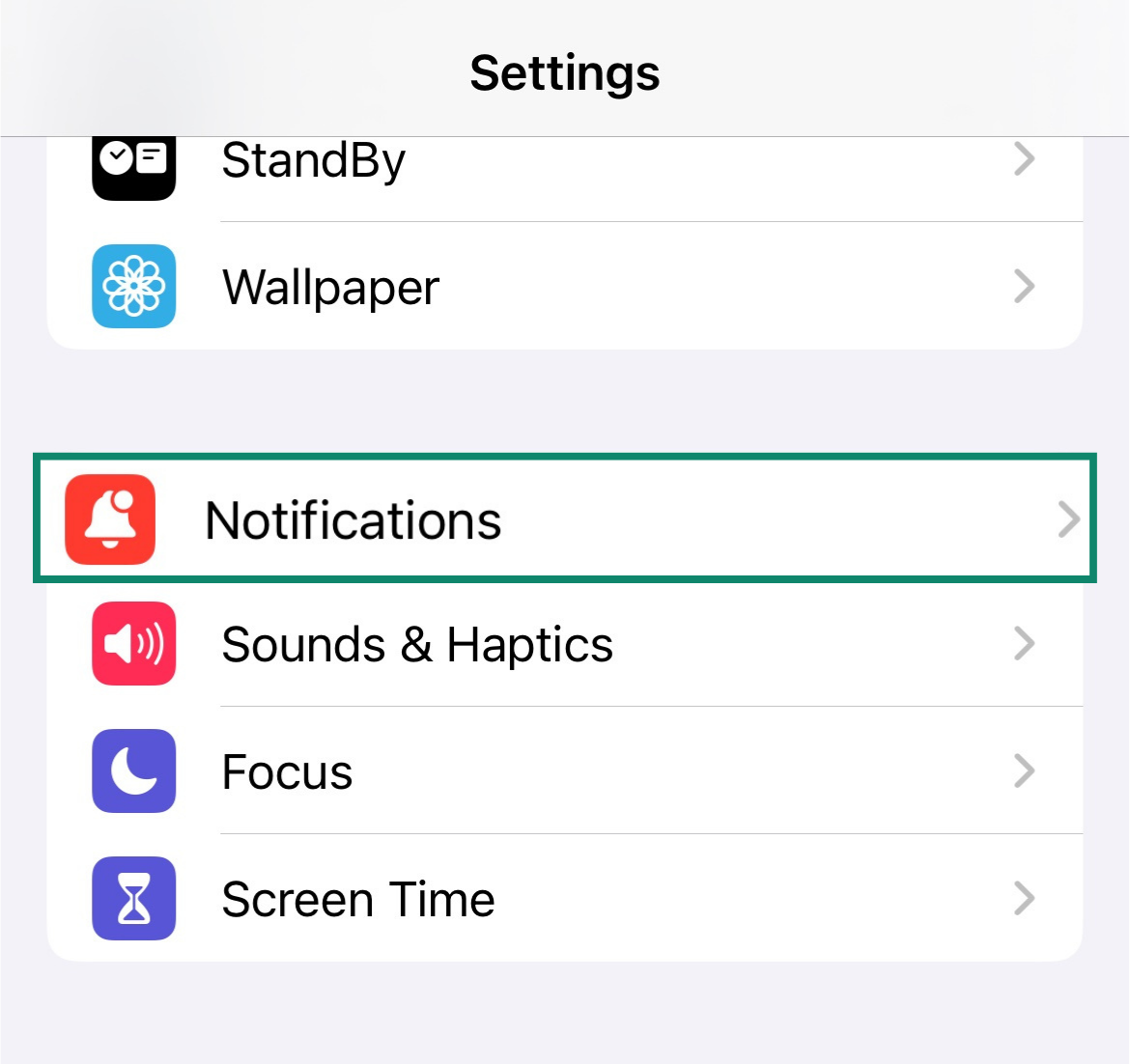
- Tap Tracking Notifications.
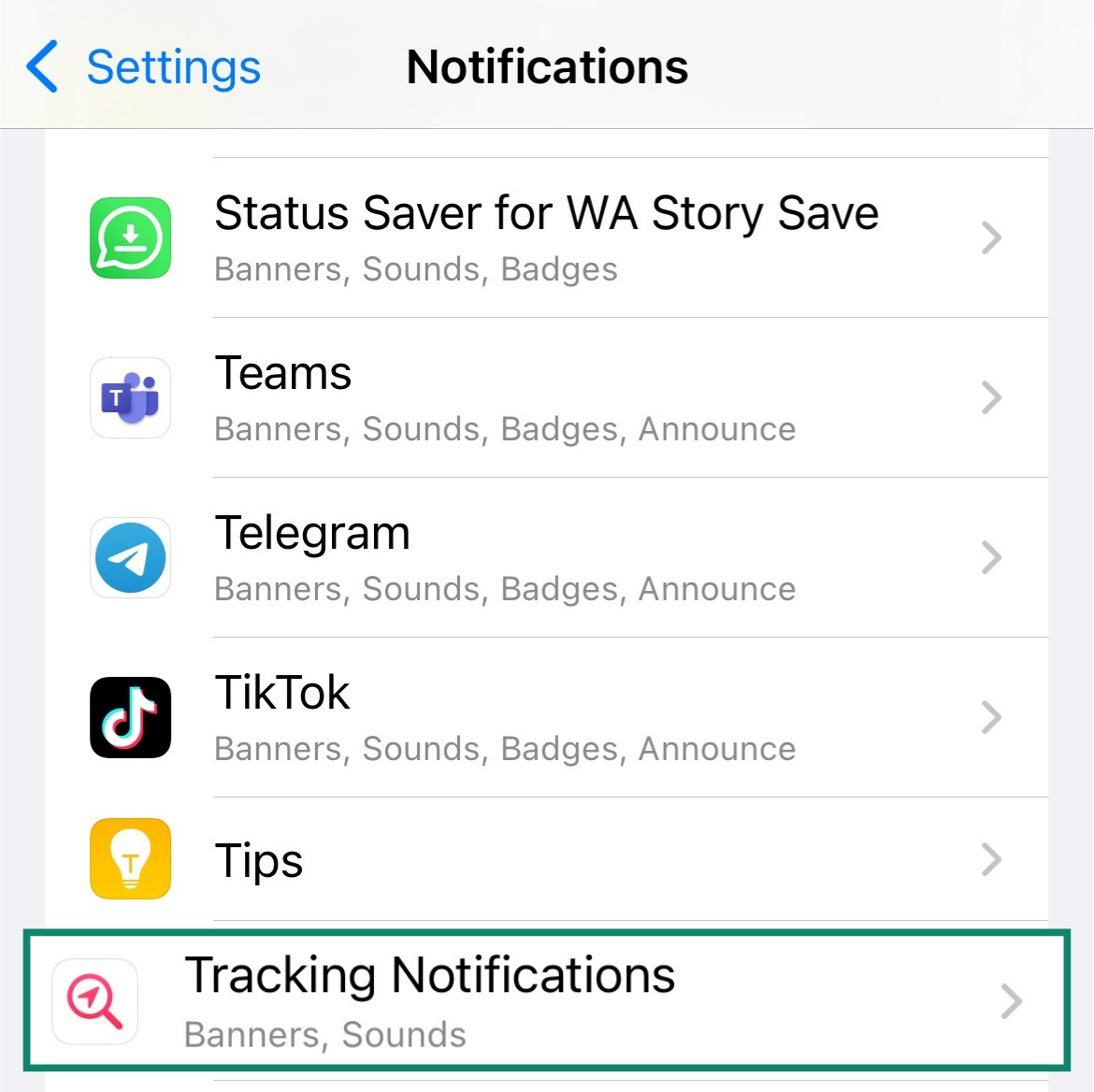
- Enable it.

- Finally, check Airplane Mode is off on the main Settings screen (you won’t receive notifications if it’s on).
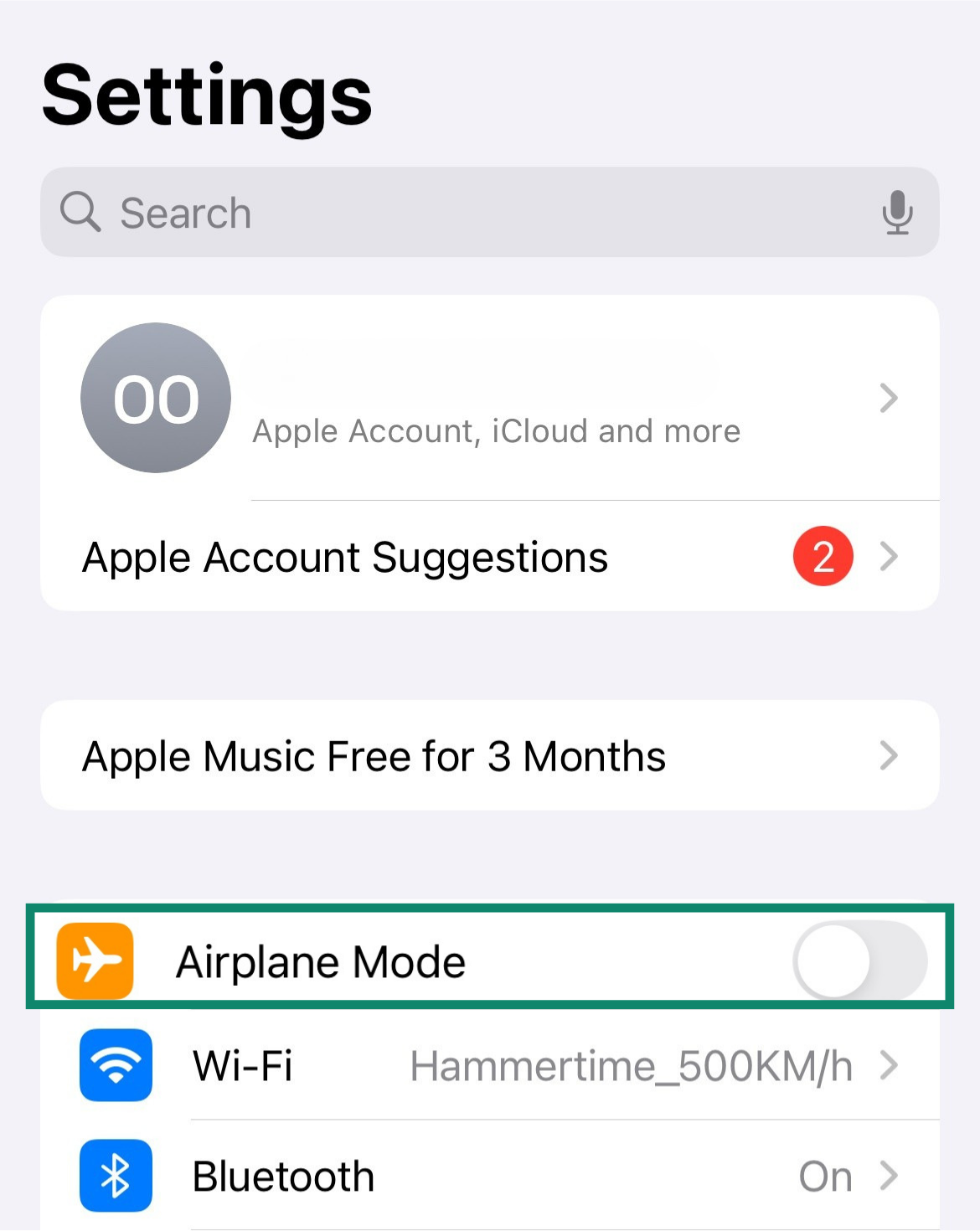
- Go to Settings and tap Privacy & Security.
On your Android device
Apple worked with Google to implement this functionality on Android smartphones, too. Here’s how to enable tracking detection on an Android device:
-
- Go to Settings and tap Safety and emergency.
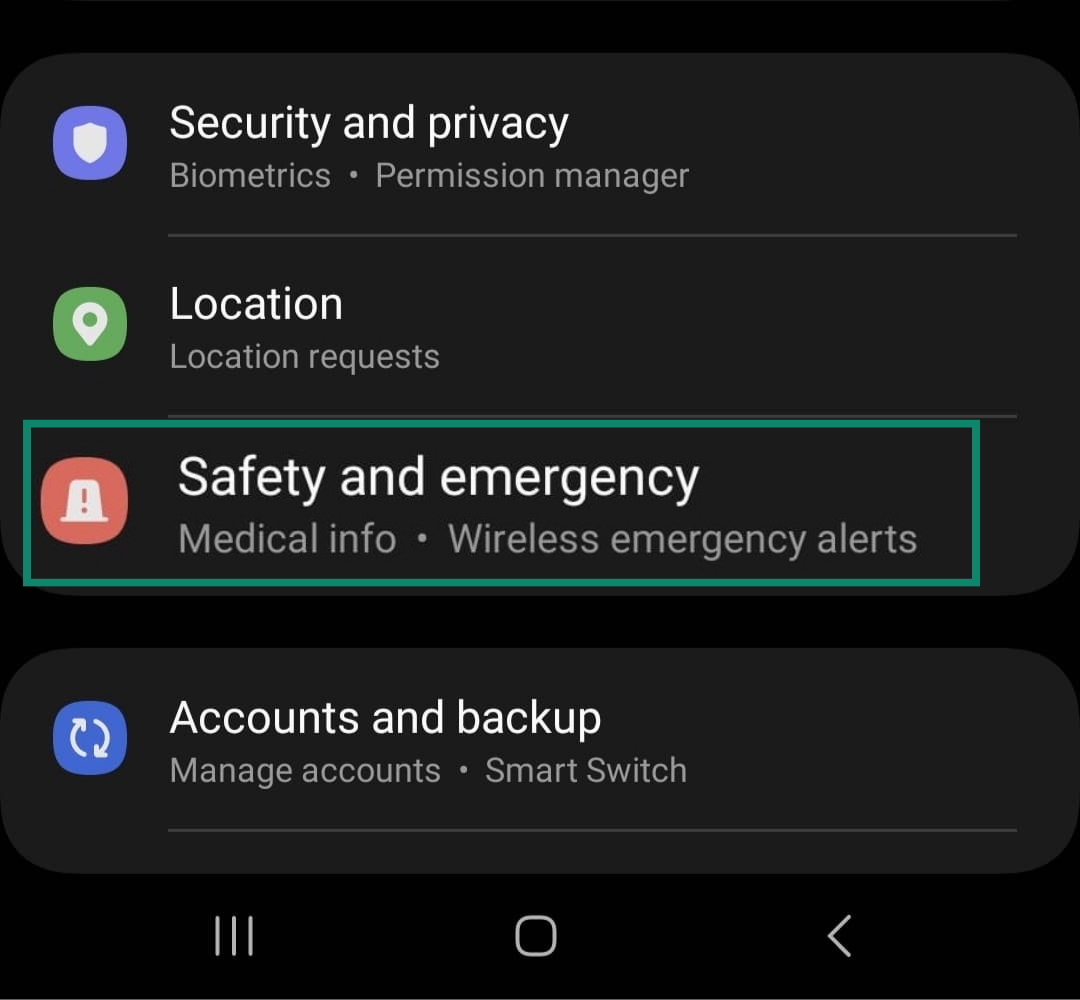
- Select Unknown tracker alerts.
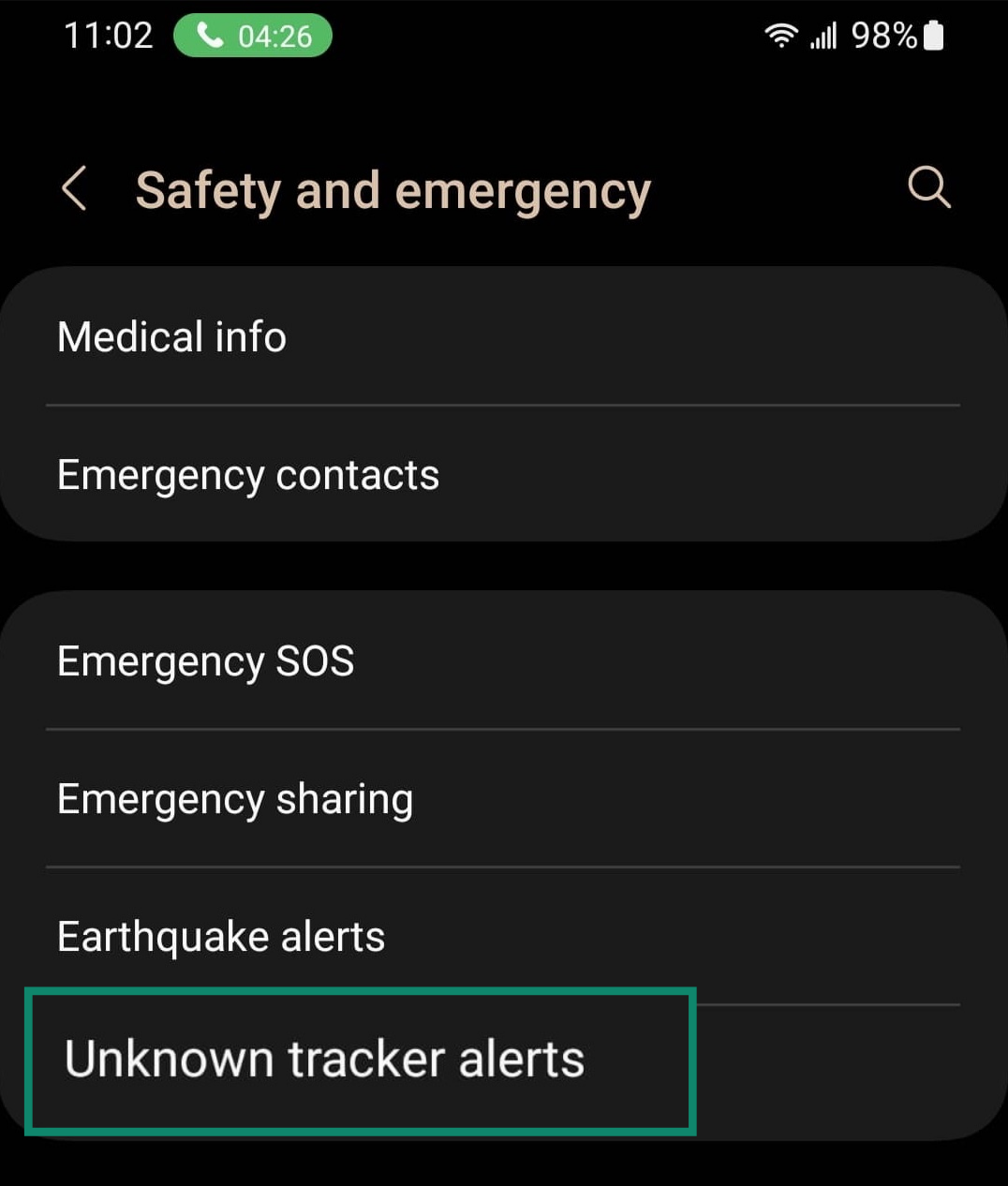
- Toggle Allow alerts on.
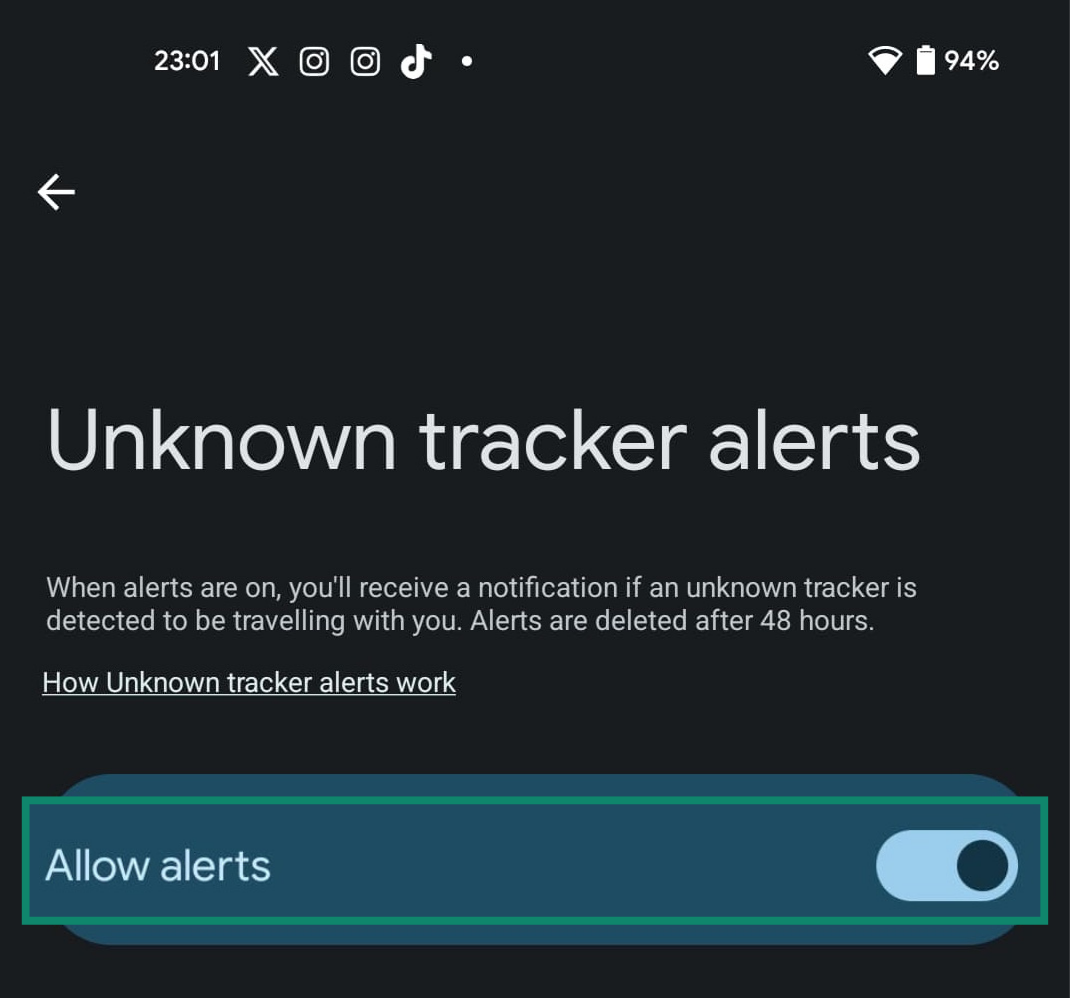
- Go to Settings and tap Safety and emergency.
Apple has also introduced a neat way to counter false positives. Basically, you’ll only get notified of an unknown AirTag detected near you if it’s been separated from its owner. In that case, there’s a high chance that the owner is tracking you without consent, warranting a notification.
Listen for automatic AirTag sounds
The AirTag will emit a sound once it’s been separated from its owner and it has moved. This alert feature is excellent for non-smartphone users who wouldn’t be able to scan for AirTags near them.
Note that two unique sound patterns can come from an AirTag:
- Sound 1 (manually activated): This happens when the AirTag’s owner is trying to find it by playing a loud sound on the device via the Apple Find My app. It usually presents as a series of rapid beeping sounds.
- Sound 2 (automatically activated): This happens when the AirTag is separated from its owner and starts moving. It’s a trilling sound that plays like a continuous chirp as long as the AirTag keeps moving with you.
You should be more wary of the second sound, as it’s more likely to be an unwanted tracker.
Manually scan using your phone
You can manually scan for an AirTag using your iOS or Android smartphone. Apple has worked extensively with Google (Android) to beef up this hidden tracker-scanning system on non-iOS units as well, so you can trust its results.
On your iOS device
- Open the Find My app.

- Tap Items.

- Check for an Items Detected With You or Items That Can Track Me message.
- Tap the message to locate the device.
On your Android device
-
- Open Settings and tap Safety and emergency.

- Tap Unknown tracker alerts.

- Tap Scan now.
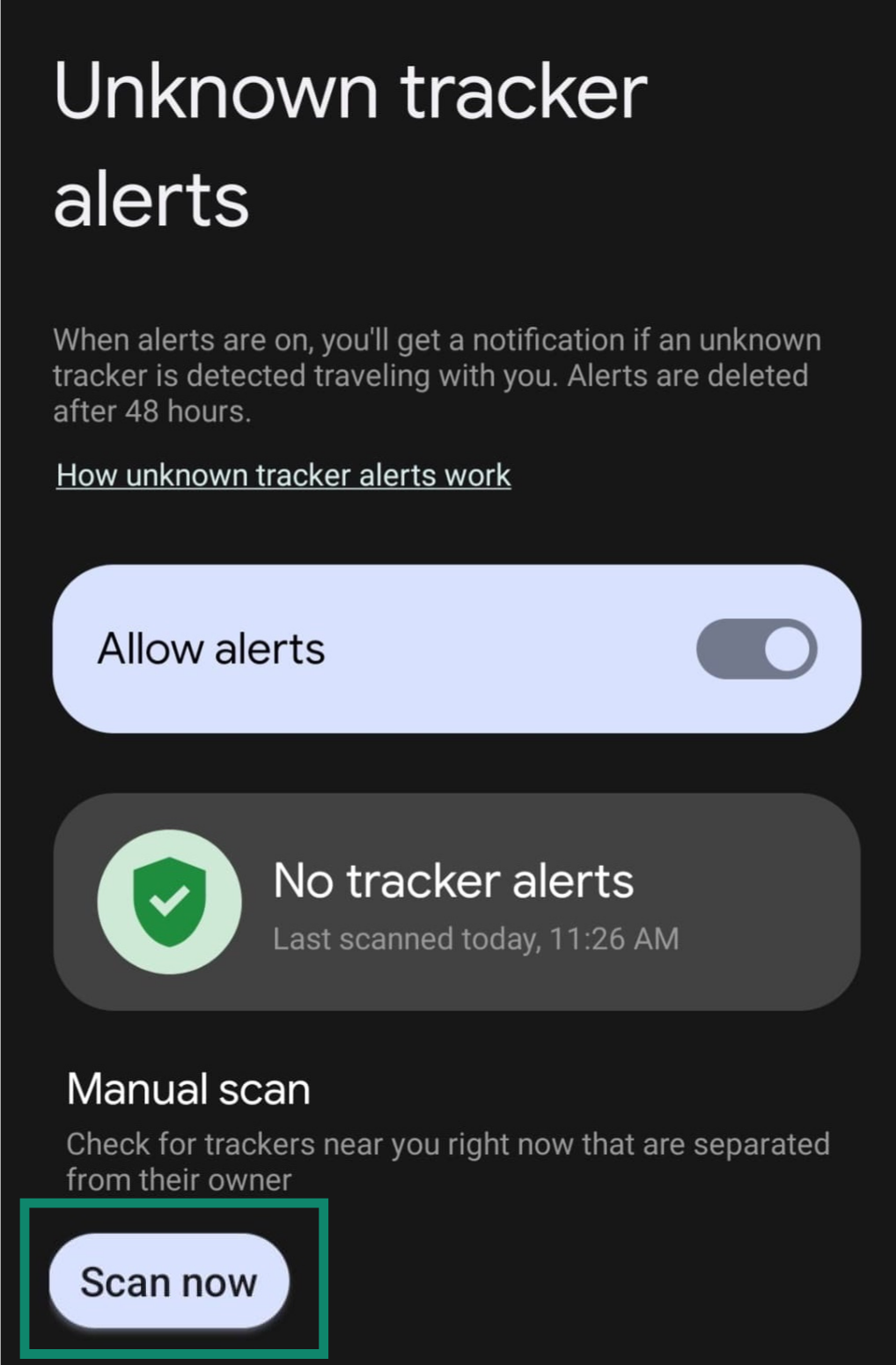
- If a tracker is detected, follow the rest of the prompts (such as Play Sound) to locate it.
- Open Settings and tap Safety and emergency.
Conduct a physical search for unknown devices
Did you hear the familiar AirTag sound or do you just have an inkling that you’re being tracked?
In either case, it’s a good idea to search your personal belongings for the tracker. The most obvious places to check are the things you move or carry around with you, such as:
- Coats
- Wallets
- Cars
- Bags
- Luggage
- Hats
That’s not an exhaustive list, but it gives you a good place to start.
What to do if you find an unknown or suspicious AirTag
How to disable the AirTag
If you received a notification for an AirTag detected near you and traveling with you, you can scan via your smartphone to find the device. Remember that you can play a sound via the scanner app to help you easily locate the smart tracker. If you find the device, tap and hold the top of your Near Field Communication (NFC)-enabled device to the white side of the AirTag. That should bring up information such as
- The serial number or device ID
- Last 4 digits of the phone number or an obfuscated email address (to help you identify the owner if you know them)
Screenshot or record the serial number and any other information, as you may need it later. Then, you can disable the tracker by removing its battery.
Reporting the AirTag to law enforcement
Tracking someone with an AirTag or alternative trackers without their consent is a crime in many regions. In fact, Apple makes this clear to users when setting up AirTags.
More than half of all U.S. states consider the kind of location tracking possible via AirTags to be illegal when it’s done without the victim’s consent.
Therefore, you should approach law enforcement with your concerns if you believe you’re a victim of tech-enabled stalking by an AirTag user.
Even if you live in a jurisdiction where AirTag tracking without consent isn’t explicitly a crime, you should still contact law enforcement if you believe your personal safety is at risk. The AirTag could form part of a wider criminal case against the individual in question.
It’s important to provide as much concrete information as you can. Some of the things to start with include:
- The AirTag itself, once you find it.
- The serial number information on the AirTag, which could help law enforcement track the buyer.
- Possible contact information attached to the AirTag, which helps law enforcement to narrow down their search.
Besides protecting your personal safety and peace of mind, you may also be helping to take a notorious digital stalker off the streets.
AirTag stalking real-world cases
AirTag stalking isn’t just an abstract concept: it’s a real security concern that has made its way into numerous police reports. Here are some real-world cases:
- June 2022: A woman tracked her ex-partner down with an AirTag placed in his car and killed him. She was sentenced to 18 years in prison for manslaughter.
- 2021–2022: During eight months between 2021 and 2022, 150 police case records from eight large U.S. police departments involved AirTags.
- December 2022: Apple was sued by dozens of people who claimed to have been stalked using AirTags. Apple tried to dismiss this case, but a court ruling allowed the case to proceed.
- 2022: Sports Illustrated model Brooks Nader alleges to have been a victim of AirTag tracking.
- 2023: A Chicago woman was fatally shot and killed by an ex-partner after she found and removed an AirTag he planted in her car. The ex-partner was charged with first-degree murder.
- 2023: A Texas man tracked down his stolen truck with an AirTag and killed the suspected thief.
There are many more verified and unverified cases, ongoing lawsuits, and police reports involving AirTags, showing what a significant threat they can pose.
Of course, these cases are far fewer than the number of people who have been able to locate lost items using AirTags. But as Apple itself said in a statement, every case of AirTags being used maliciously is “one too many.”
What are Apple’s responses to AirTag stalking?
Apple is making significant strides to curb the misuse of its AirTags and return them to their intended purposes. Some of these moves include:
- Partnering with Google: Although competitors, the two tech brands set their differences aside to work on an industry-standard unwanted tracker detection protocol for iOS and Android devices.
- Faster notifications: In the past, users would get notified of AirTags around them in about 8-24 hours. Right now, the wait time has been cut down to anywhere from 30 minutes to a few hours.
- Privacy warnings: Apple warns users when setting up their AirTags for the first time that it’s illegal to put an AirTag on someone without their consent.
- Updated communication: Apple updated its support pages for users to know what devices may trigger an unwanted tracing alert and what should be done.
- Improved precision: Apple also equipped its devices (from iPhone 11 onwards) with the ability to locate unwanted tracking devices more precisely. Instead of simply getting a general location, you should now be able to find it and deactivate the unit.
- Sound and alert notification: First, Apple ensured AirTags will emit a sound if they’re not with their original owner and are moving with you. Next, that sound comes with an iPhone notification that helps you find and take other actions on the AirTag.
- Updating alert sound: People had complained that the AirTags don’t play a loud enough sound when trying to locate them. Apple has adjusted the item to play its loudest possible sounds in these cases.
FAQ: Common questions about AirTag stalking
Can someone track me without my knowledge?
Yes, someone can track you with an AirTag without your knowledge. They only need to place an AirTag into your personal belongings, such as a wallet, coat, purse, or car, and they’ll be able to follow you around. The only limit to being actively tracked this way is if the AirTag is out of the owner’s range and you’re not near any Apple device with Find My enabled.
How long does it take for AirTags to send alerts?
It usually takes somewhere between 30 minutes and several hours to get an alert if an AirTag is detected near you and is moving with you.
Do Android phones get AirTag stalking alerts?
Android phones now get AirTag tracking alerts, thanks to Apple’s collaboration with Google. This feature is automatically enabled on Android 6.0 and later.
Take the first step to protect yourself online. Try ExpressVPN risk-free.
Get ExpressVPN






